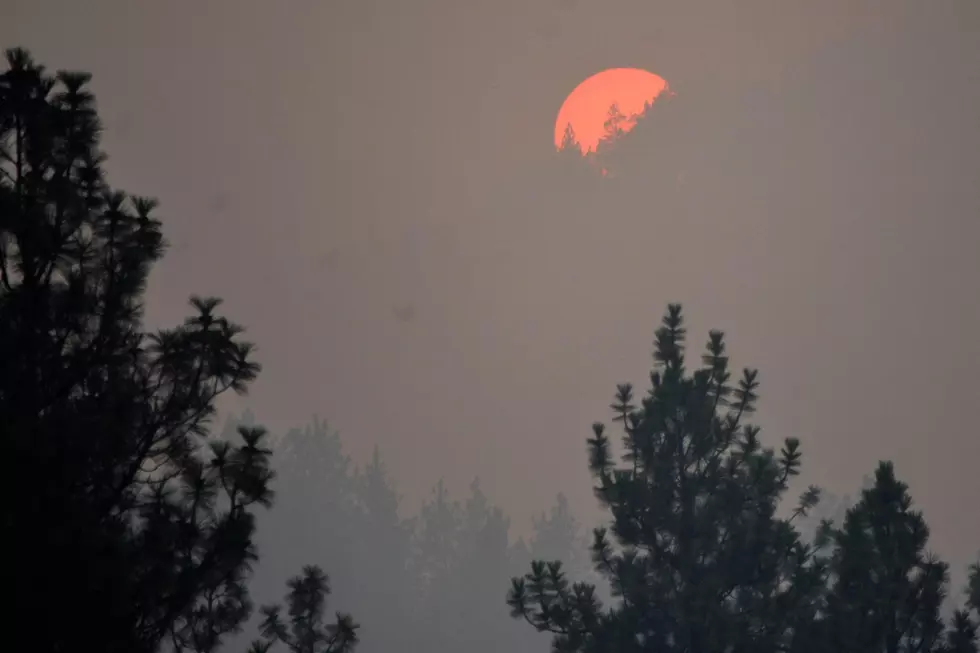
Viewpoint: Climate Change, wildfire and the air we breathe
The 2023 Montana wildfire season was slow to start. Average snowpack combined with rain in much of the state, spared an early fire season. Recent hot days and dry fuels, however, have now put MT into active fire season with over 40,000 acres burned by early August.
Montana’s average annual temperatures have been getting hotter and are currently 2.7 degrees F warmer than at the start of the Industrial Revolution. This warming fuels wildfires, drought, snowpack loss, and extreme heat.
In late July, Gov. Gianforte asked the federal government to declare a drought disaster for 11 Montana counties. Gianforte anticipated that conditions would “continue to worsen” and stated that fire “officials project an above-normal fire season.” Drought and heat result in more frequent, intense, and longer-lasting wildfires.
Extreme heat and wildfires are aggravated by greenhouse gas emissions from burning fossil fuels. Since the 1980s, the number of acres in the US burned by wildfires has increased three-fold, and climate change has caused at least half of this.
Wildfire smoke has significant effects on human health. Those most affected are pregnant women, children, older adults, people with respiratory or cardiovascular diseases, outdoor workers, and those of low socioeconomic status. Wildland firefighters are particularly at risk.
Even in healthy people, exposure to the fine particles present in smoke lead to respiratory inflammation and immune problems. Airborne fine particulates get past our body barriers, such as the blood-brain barrier and the placenta. Birth defects, low birth weight or pre-term births can result. All of our organs can be affected.
Smoke worsens asthma, cardiovascular illnesses including heart attack and stroke, causes headaches, decreased energy, appetite and sleep changes. Heart attacks can be triggered with the highest risk on the smokiest days and for several days after.
Children are especially vulnerable: their bodies and lungs are still developing and they breathe more air relative to body weight. For these reasons and because children spend more time outdoors, smoke pollution is far more toxic to them.
Another significant health effect is on mental health and well-being. For example, nearly three quarters of 120 Montana farmers and ranchers surveyed in 2020 experience anxiety about climate change and effects on their agricultural businesses, and for good reason. In 2017, fires in Montana burned 4.8 million acres with $2.6 billion in agricultural losses.
What can we do to lessen health effects and alter the path of changing climate?
· Check air quality. www.todaysair.mt.gov. When smoky, stay indoors, close windows, doors.
· Mask outdoors with a well-fitted N95. Surgical or cloth masks are not sufficiently protective.
· Use a HEPA air purifier. DIY low-cost air filter (montanawildfiresmoke.org). NorthWestern Energy customers can get $100 rebates for purchased Energy Star air filters. (NWE- MT Residential Electric- Existing Home Program Incentive).
· For A/C -change air filters regularly, run on recirculate, use fan more on smoky days.
· Urge legislators, regulators, and energy producers to reduce fossil fuel use and shift to renewables.
· Talk about climate change with others.
· Doing something, even small actions, improves mental health.
Hillery Daily, ND, LAc, Hamilton; Colette Kirchhoff, MD, FAAFP, Bozeman; Allison Young, MD, FAAP, Missoula
